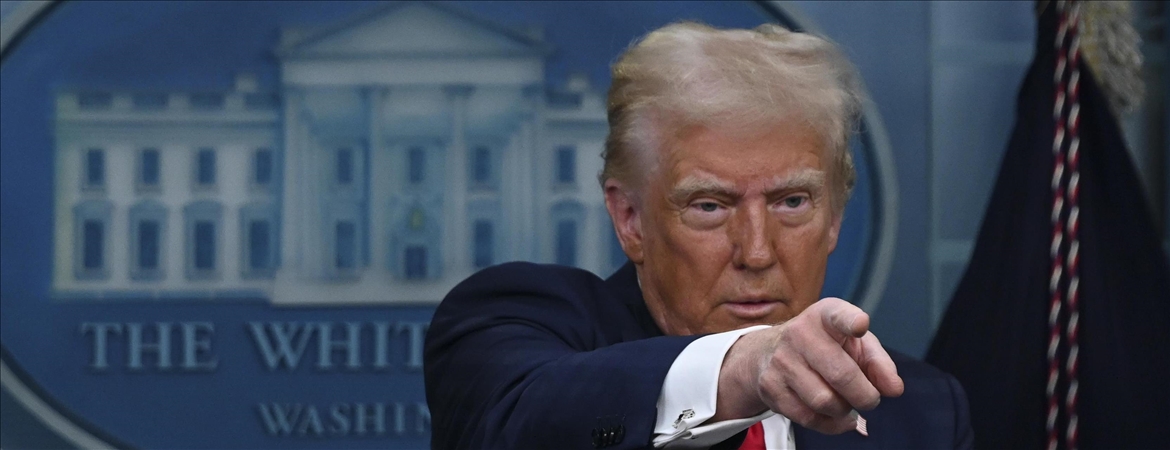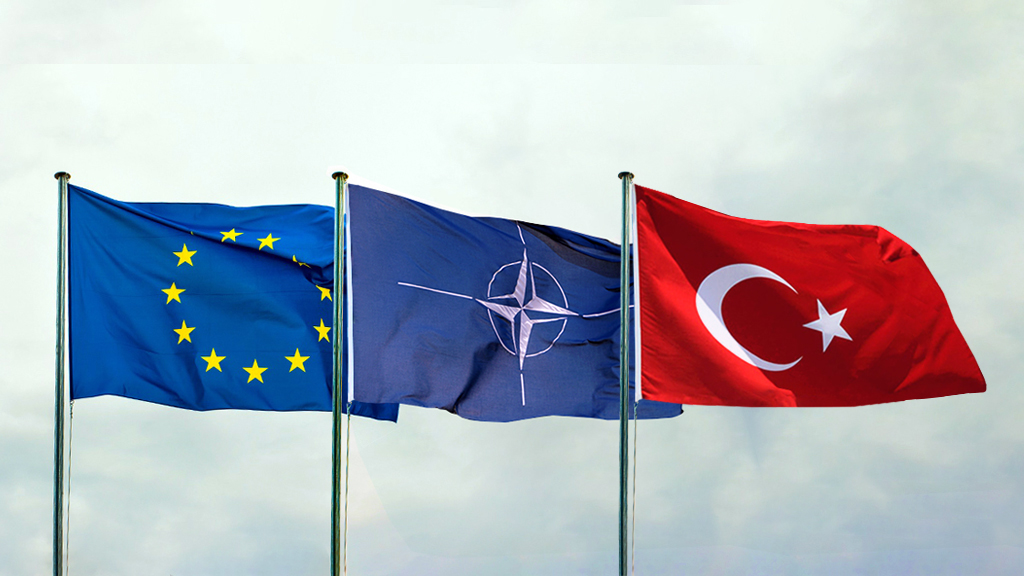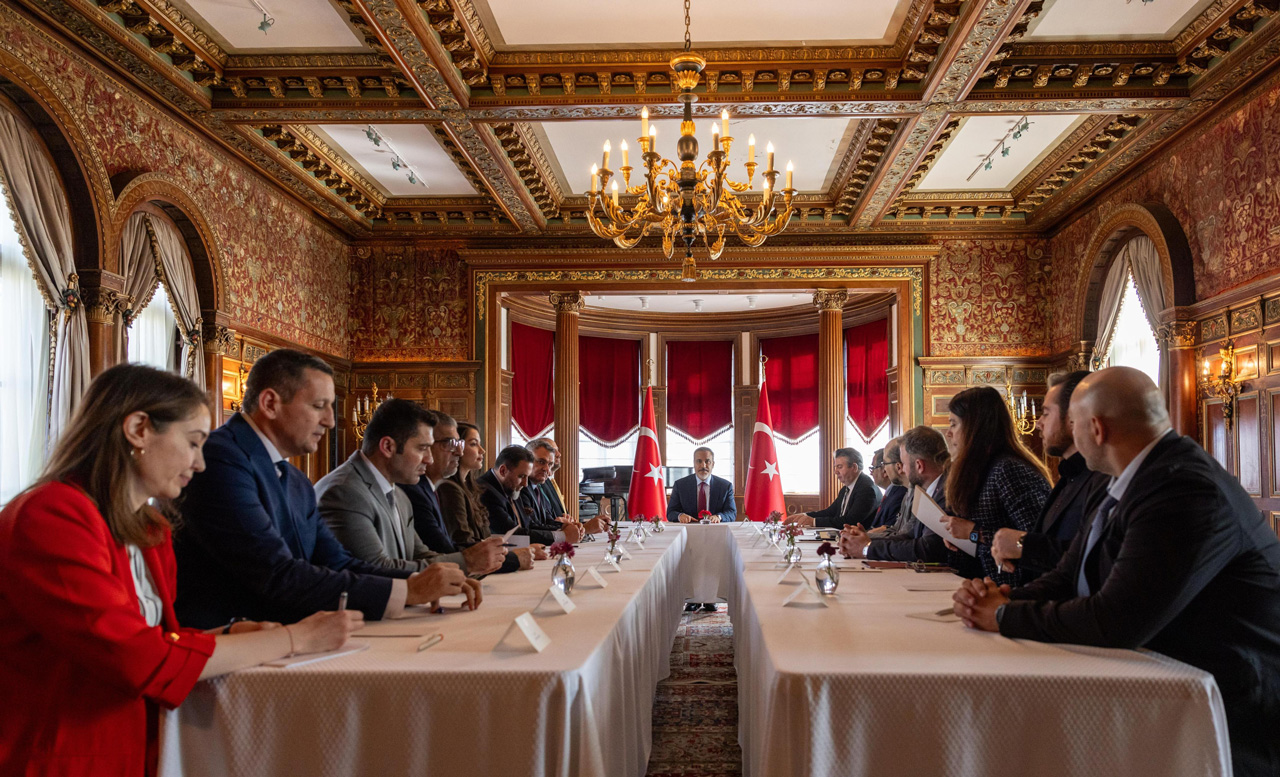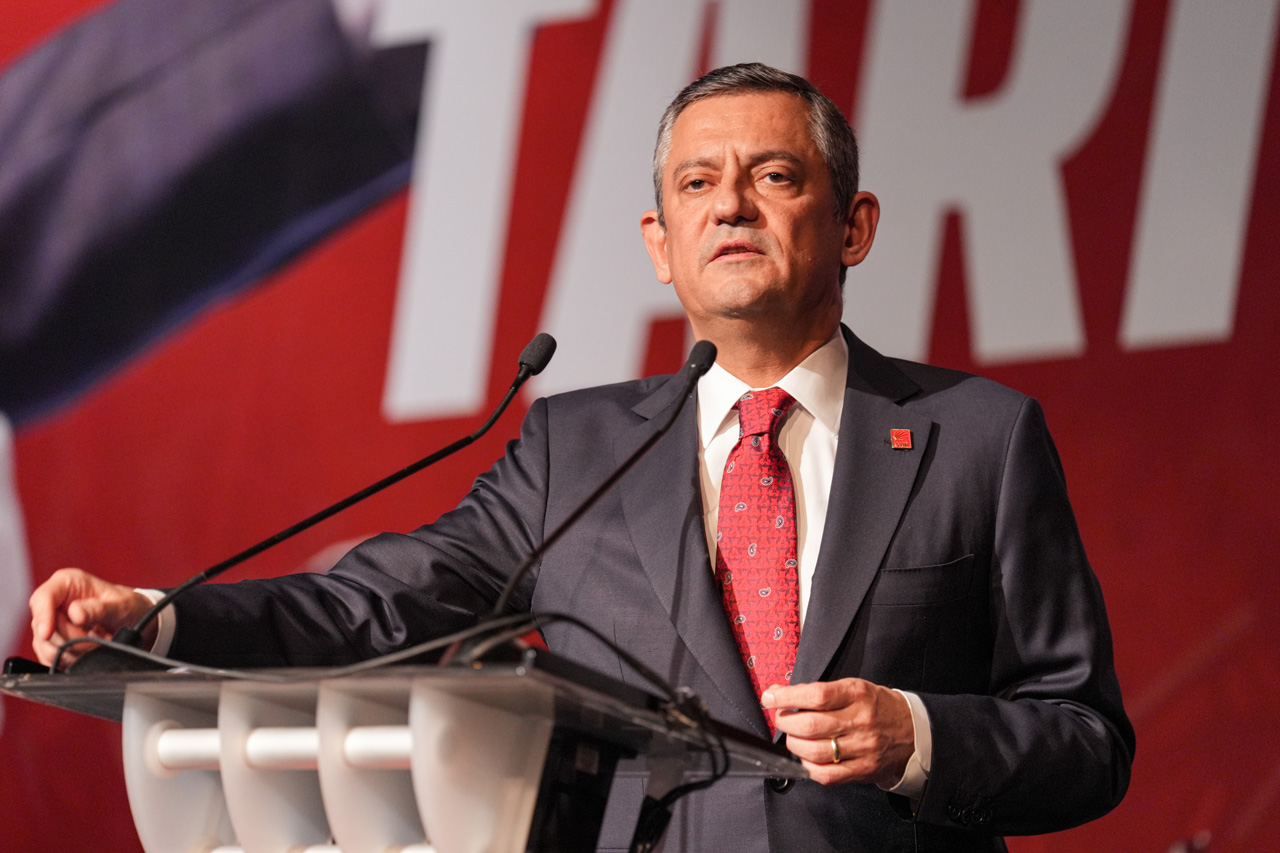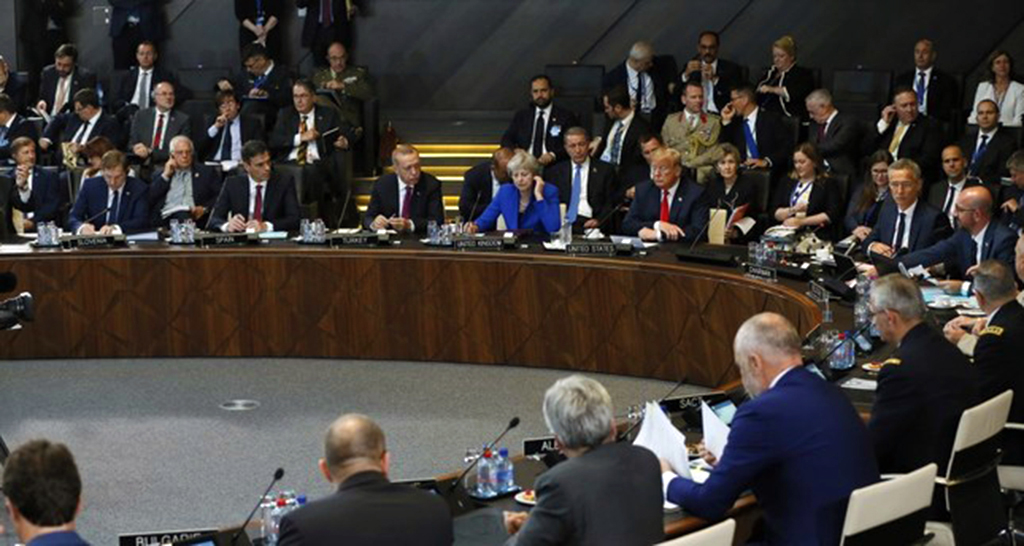
US position in NATO effects ties with Turkey
The crisis in NATO and a complicated U.S. foreign policy are shaping Ankara-Washington relations, making it hard to predict the future
Share
Over the past few weeks, there has been significant diplomatic activity between Turkey, the U.S. and NATO regarding the resolution of problems between the U.S. and Turkey. The outcome of these efforts to reconcile differences on critical issues, including the S-400 systems and F-35 jets, are yet to be seen; however, there are some significant points that need some attention.
First, NATO, on its 70th birthday, is facing some significant challenges that must be dealt with. Some of these were mentioned in a recent report prepared for the Belfer Center by former U.S. permanent representatives to NATO, Douglas Lute and Nicholas Burns, entitled "NATO at Seventy: An Alliance in Crisis."
In the report, one of the most difficult challenges is the current U.S. position and its alliance with NATO. The report suggested that: "The U.S. government – both the executive and legislative branches – is not working effectively and predictably. Staff vacancies and lack of collaborative processes stagnate policymaking and implementation. Divisive hyper-partisan, zero-sum politics amplified by social media defy compromise, strain Washington's national security institutions and leave U.S. allies questioning what may come next."
Because of that, it argued that, "The European public confidence in American leadership is also at historically low depths." This has been an issue of U.S. foreign policy over the last two decades with all its allies around the world. The unilateralism of U.S. foreign policy is usually accused of being responsible for the emergence of this problem.
However, another critical source of this attitude has been the lack of U.S. strategy in the same period. While U.S. foreign policymakers constantly emphasize the essential nature of the strategic partnerships with its allies and other like-minded countries, in the absence of a strategy of U.S. foreign policy, it is not clear what the strategic partnerships entail.
In most instances, it is devoid of its real meaning and frequently used interchangeably with the word "cooperation." Because of that, every emphasis on strategic partnership remains a cosmetic dimension of the readouts of presidential summits or phone talks. Thus, when there is no strategy it becomes hard to discuss, let alone revive, empower or strengthen a strategic partnership.
Second, the lack of a strategic approach in U.S. foreign policy creates even more setbacks for resolving challenges, let alone containing and preventing the emergence of crises. In the absence of a strategy, instead of a long-term foreign policy approach, U.S. foreign policy is shaped by tactical steps and operational moves. It militarizes U.S. foreign policy because of the increasing relevance of military operations and short-term tactical moves.
In addition, this short-term perspective has led to constant fluctuations in U.S. foreign policy that has confused allies and made it harder to coordinate because of a lack of predictability. This situation has also impacted U.S.-Turkish relations in the last few years. The constant contradictions in U.S. foreign policy toward countries such as Russia in the last two decades have impacted U.S.-Turkish relations as well as Turkey's relationship with Russia.
In the last three administrations, the U.S. saw significant shifts in its foreign policy toward Russia. In 2001, after meeting with Russian President Vladimir Putin, then-President George W. Bush asserted the nature of the relationship by stating: "I looked the man in the eye. I found him to be very straightforward and trustworthy," signaling coming improvements in the relations between the two countries. However, later on the relations did not go as smoothly as expected.
In 2009 when Barack Obama became president, one of the most important policy priorities for him was mending ties with Russia. His "bromance" with then-Russian President Dmitry Medvedev and his reset policy launched with then-Secretary of State Hillary Clinton and Russian Foreign Minister Sergey Lavrov turned out to be short lived.
In the second term of his administration, relations between Russia and the U.S. crumbled and fell into crisis mode, with issues such as the Russian invasion of Ukraine and the Snowden issue. Finally, in the first two years of President Donald Trump's presidency, U.S. foreign policy toward Russia has become even more complicated, as Trump expressed his intent to work with Russia on key issues and his willingness to establish a rapport with Putin. Meanwhile, U.S. intelligence and foreign policy makers expressed concern about Russia in different areas, including election meddling and Putin's policies toward his neighbors.
In the meantime, the two countries continued their diplomatic cooperation in key areas and diplomatic initiatives, including negotiations for the Joint Comprehensive Action Plan (JCPOA) and the chemical weapons agreement with Syria. These fluctuations confused U.S. allies about their relations with Russia as well. The sudden and complete shift in U.S. foreign policy toward Russia has also impacted U.S.-Turkish relations as every step by Turkey and Russia to improve their relations raised the eyebrows of some.
In fact, Washington is expecting the same type of fluctuations from its allies in their relations with Russia as well. Regardless of its shifts in its approach toward Russia, some in the U.S. have started to dub the Turkish rapport with Russia as a shift of axis. In the meantime, U.S. allies around the world have tried to figure out what the U.S. really wants in its foreign policy.
In this context the debates about alliances, NATO and U.S. foreign policy have become way more complicated than many expected. Today while thinking of the recent tensions between the U.S. and Turkey, it is essential to take this context into consideration.
[Daily Sabah, 10 May 2019]
Tags »
Related Articles


